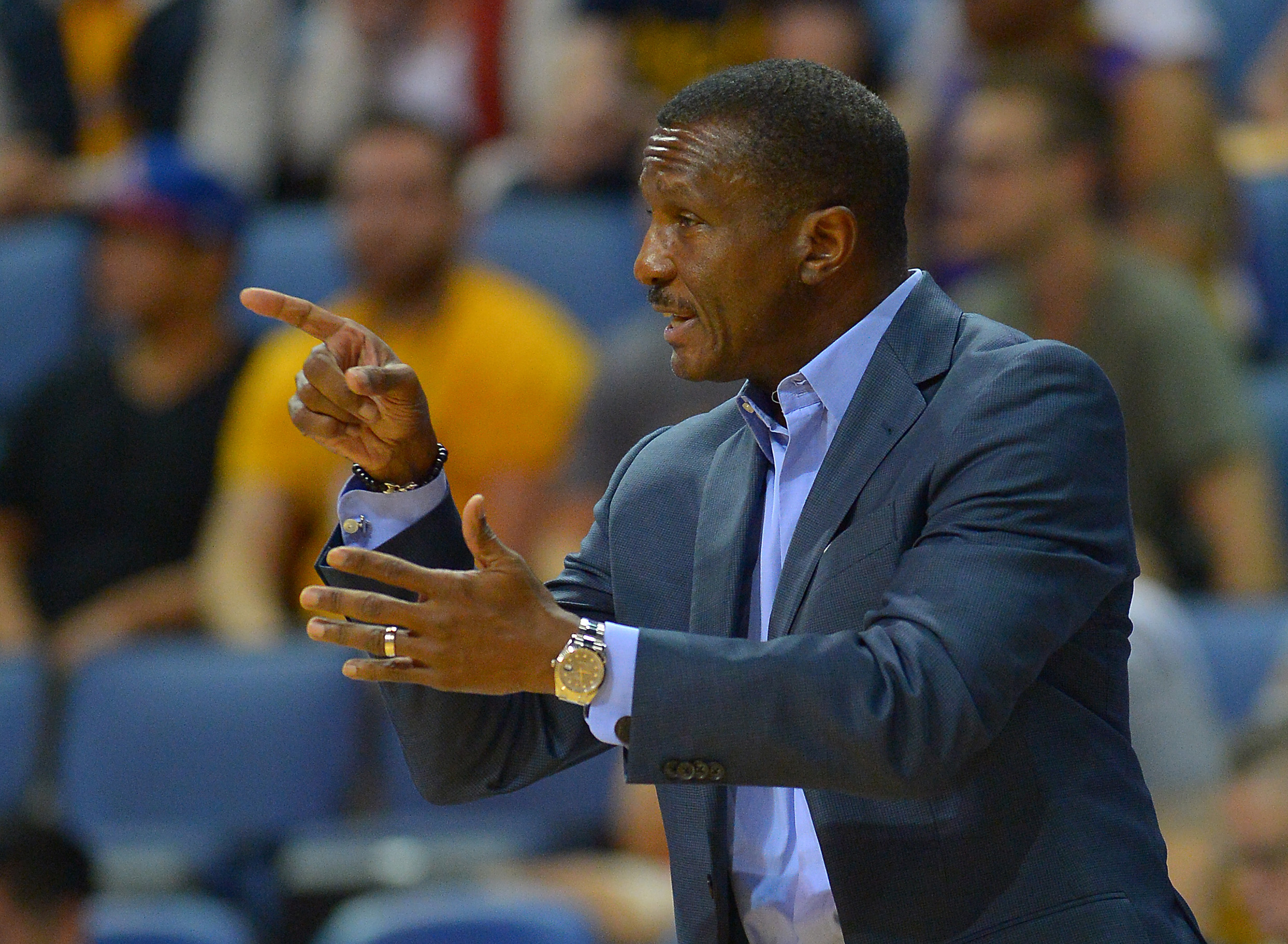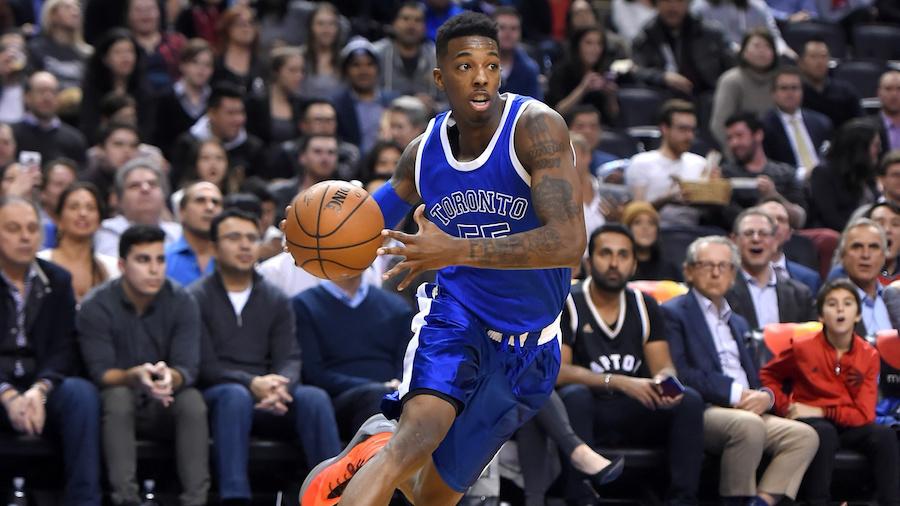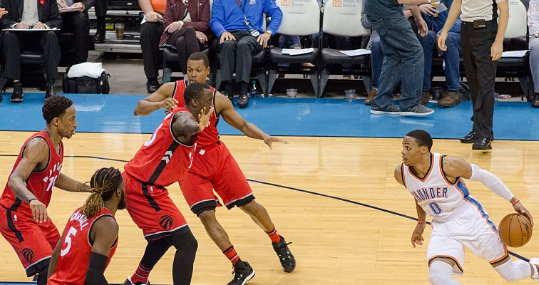Raptors Playbook: Corner Offense & Counters
Over at the Raptors Playbook YouTube channel (@RaptorsPlaybook on Twitter), I am breaking down the X’s & O’s of the Toronto Raptors every Wednesday. This week, we’ll focus on a the Toronto Raptors’ Corner Offense and all of its counters. Watch the video embedded below alongside the summary written, and remember to follow and subscribe to never miss out on a video.
This set is initiated by the ball handler dribbling up a wing and passing the ball to the elbow. Starting at the beginning of the video, you can see examples of the former ball handler making a quick read to engage in a side pick and roll/DHO (dribble handoff). This is generally done after faking a cut along the strong side corner and then cutting back towards the middle to engage in the pick and roll.
It is a great way to combat and avoid ICE defense, which aims to deny ball handlers the middle area of the floor, as it is conducive to higher offensive efficiency when compared to pick and rolls that go towards the sideline. In an effort to provide more optimal spacing, the weak side wing player will utilize a flare screen from the big man stationed at the opposite elbow.
While that action is quick and effective, most defenses will not surrender a side-to-middle pick and roll so easily. In which case, this set has a multitude of counters to cope.
The first of which is “twirl” action along the strong side corner, which can be seen starting at 0:35. The ball handler who made the elbow entry pass will continue along the wing and set a screen for the wing player deep in the corner. All 3 strong side players (Elbow passer, screen-setter and curler) have to be incredibly attentive and aware at this point in the set because it is heavily dependant on quick reactions to the defense. Slipping screens, back cutting, flaring out to over-helping defenders are all important ways to exploit the defense’s confusion.
Additionally, that read-and-react action clears out the strong side of the floor for just two players – the Elbow passer and the initial ball handler – to re-engage with a side-to-middle pick and roll/DHO which can be seen starting at 1:18.
This sequence is all about continuously putting pressure on the defense and bending it until it breaks. Once the first side-to-middle pick and roll is denied, followed by subsequent off-ball cutting and screening, it’s smart to test if the defense can be compromised in a side-to-middle pick and roll once again.
A wrinkle out of this set that is less dependant on spontaneous cutting closely resembles another Raptors pet play — Horns Triple and can be seen starting at 1:55.
The sequence proceeds largely as what was described before, as the ball is dribbled up one wing and an entry pass is made to a player at the elbow. The former ball handler then engages in a faux-down screen/curl for the wing player in the deep corner and then quickly transitions into a DHO that is followed by a double screen at the free throw line. This is exactly what Horns Triple is, except the formation for this comes out of the Raptors’ Corner offense rather than a traditional Horns set. It’s a good quick hitter to get DeMar DeRozan into the middle of the floor, as well as forcing a switch.
Transitioning back to the main progression of the play, after the second side-to-middle pick and roll is initiated that proceeds after off-ball cutting, a pass to the weak side of the floor is often made for a step-up ball screen and can be seen starting 2:35.
This is a great way to attack defenses that load up on the strong side of pick and rolls, as the weak side defenders will usually be caught out of position if this is the case. Additionally, if the perimeter weak side player is being pressured and denied the ball, “Blind Pig” action can be initiated where an elbow-to-elbow pass can be made, followed by a quick drop off the the cutting player who was being denied the ball. This action comes straight out of the triangle and is the usual release valve for ball denials.
Conclusion
This will probably be the most comprehensive breakdown because this is the most intricate set the Raptors run. To my knowledge, this was implemented this year by head coach Dwane Casey and it is pretty impressive considering how slow of a process it was to integrate their motion offense over the past couple seasons. It’s a great read-and-react set that has great versatility for their personnel. Traditionally, only big men operate at the elbows as passers in this type of set, but Casey has already tinkered with using Lowry in those spots. It’ll be intriguing to see where it goes when he is back to full strength and is able to operate with the new additions of Serge Ibaka and PJ Tucker, particularly in this play.



